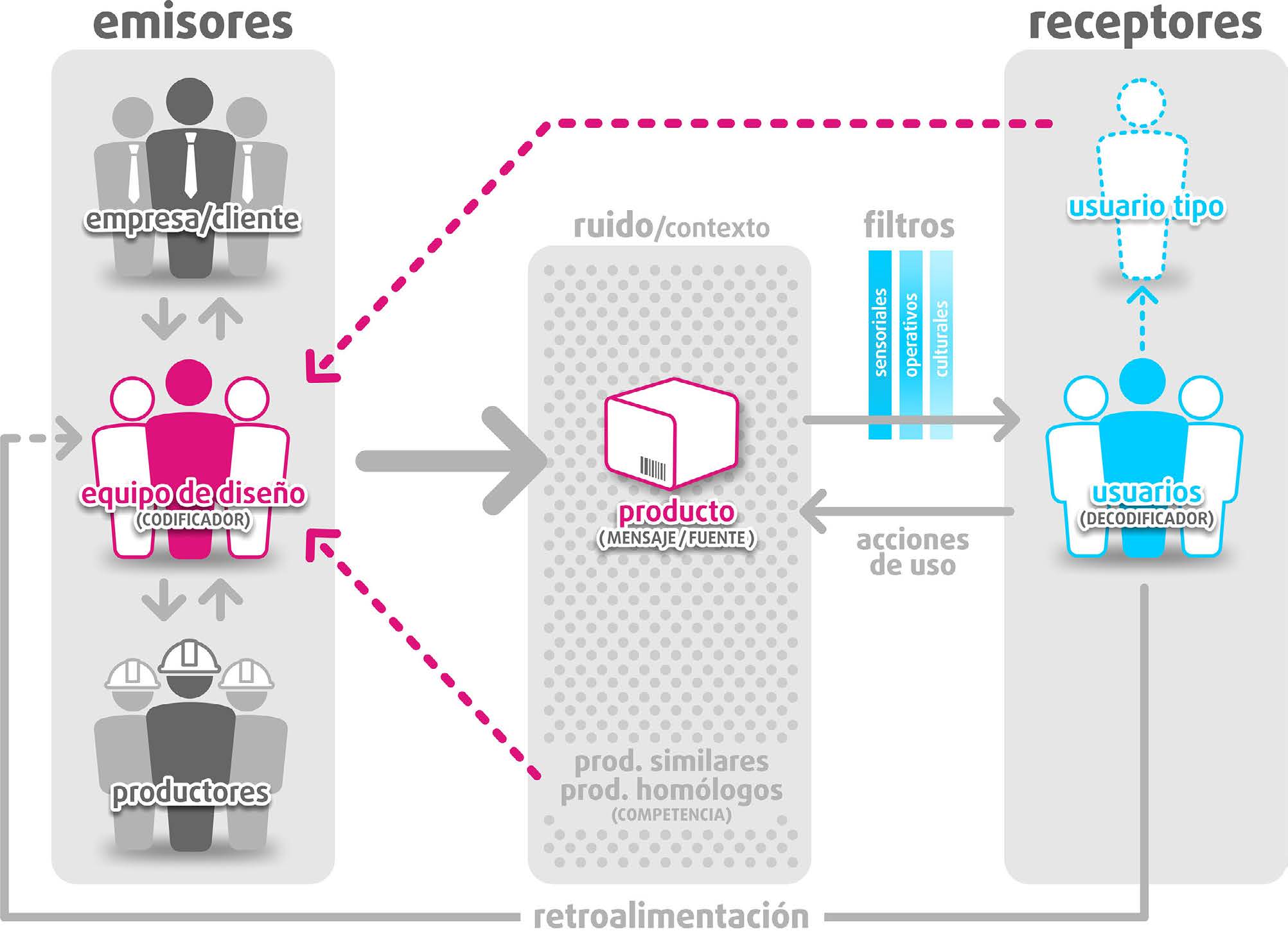Communication in the Industrial Design products
##plugins.themes.bootstrap3.article.main##
Abstract
Industrial design products reveal their functions and use manners, they present true symbolic value and can even connote human ambitions associated to a historic period. These affirmations propeled the course of the present work, in what we put to consideration the Conceptual Map of communication for industrial design products. This map is a result of an exploratory study with a nonexperimental investigation method, registered in a Diploma Thesis of the same name (Fernández; Llorente, ISDi, 2014). Several authors have discussed the communication in products, however, the phenomenon has been approached as an added property of finished products already available on the market. So, it was necessary to focus the problem in the designing process itself, starting from a useful and concrete tool, coherent with the purposes of Cuban design. The present work also constitutes an intercurricular proposal that integrates two fundamental disciplines: Semiotics and Industrial Design.
##plugins.themes.bootstrap3.article.details##

This work is licensed under a Creative Commons Attribution-NonCommercial-ShareAlike 4.0 International License.
- Attribution — You must give appropriate credit , provide a link to the license, and indicate if changes were made . You may do so in any reasonable manner, but not in any way that suggests the licensor endorses you or your use.
- NonCommercial — You may not use the material for commercial purposes .
- No additional restrictions — You may not apply legal terms or technological measures that legally restrict others from doing anything the license permits.
- ShareAlike — If you remix, transform, or build upon the material, you must distribute your contribution under the same license as the original. NOTE: This point applies to numbers 1 to 20 of the magazine with the previous CC-BY-NC-SA 4.0 license. Does not apply to the new CC BY-NC 4.0 license from Volume 11, Number. 21 (2024).
References
Abreu Oramas, M. (2008). Recursos Básicos para el diseño de estructurasformales. La Habana: Multimedia Interactiva, ISDi.
Bámbula Díaz, J. (1993). Lo estético en la dinámica de las culturas. Santiago de Cali: Facultad de humanidades, Universidad del Valle.
Baño Hernández, M. (2010). El diseño industrial. Nuevos aspectos funcionales,estéticos y simbólicos de los productos de consumo. Madrid: CEU Ediciones.
Berlo, K. D. (1969). El proceso de la comunicación: Introducción a la teoría y la práctica. Argentina: El Ateneo.
Branzi, A. (1984). La casa calda. Milán: Idea Books Edizioni.
Cabrera Bustamante, A. (2000). Acerca del Proceso de Diseño: una visión. . La Habana : ISDi.
Cantú, M. A. (2003). El objeto ordinario: uana aproximación semiótica al diseño industrial. México: Universidad Autónoma de Nuevo León.
Design Policy for the 1990s. (1998). Design Quaterly Japan.
Doblin, J. (1970). One hundred great products of design. New York: Van Nostrand Reinhold Company.
Eco, U. (1986). La Estructura Ausente. Introducción a la semiótica. Barcelona: Lumen.
Eco, U. (1992). Loslímitesdelainterpretación. Barcelona: Lumen. Eco, U. (2000). Tratado de semiótica general. Barcelona: Lumen. Fabri, P. (1999). El giro semiótico. Barcelona: GEDISA.
Fernández, A., & Llorente, M. (2014). Mapa Conceptual de la Comunicación en los objetos de diseño industrial. La Habana: ISDi.
Fiske, J. (1984). Introducción al estudio de la comunicación. Colombia: Norma.
Fornari, T. (1989). Las funciones de la forma. México: Editorial Tilde.
Heskett, J. (1985). Breve historia del diseño industrial. Barcelona: Ediciones del Serbal.
Keegan, W. (1997). Marketing global. Prenticehall.
Llovet, J. (1981). Ideología y metodología del diseño. . Barcelona: Gustavo Gili.
Löbach, B. (1981). Diseño industrial. Bases para la configuración de los productos industriales. Barcelona: Gustavo Gili.
Maldonado Willman, H. (1996). manual de comunicación oral. Longman: Addison-Wesley.
Norman, D. (2004). Emotional Design: Why we love (or hate) every day things. . New York: Basic Books.
RAE. (23 de Abril de 2014). DRAE. Obtenido de http://lema.rae.es/drae
Reed H., B., & Haroldsen, E. (1989). Una taxonomía de conceptos de la comunicación. México: Nuevomar.
Rodríguez Villate, D. E. (2006). Cómo mueren los objetos. Ideas sobre la estética en el objeto de uso. Bogotá: Universidad Nacional de Colombia. Facultad de Arte. Coleccion Punto aparte.
Zimmermann, Y. (1998). DelDiseño.Barcelona: Gustavo Gili.






















